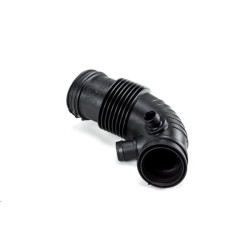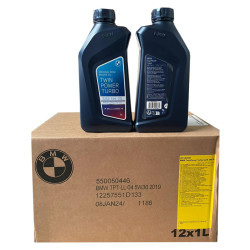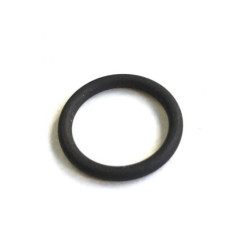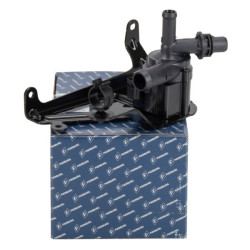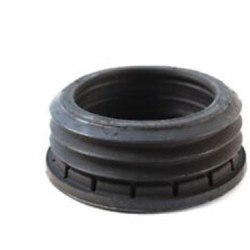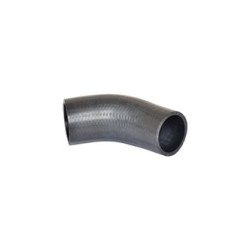BMW Turbo & BMW Supercharger
BMW Turbo BMW Supercharger ; It is a system that creates additional pressure to the atmospheric pressure during the rapid operation of the pistons in the vehicle's engine, reducing air intake.
BMW Turbo and Supercharger: Features and Historical Development
Turbo and supercharger are two different forced air induction systems used to enhance the performance of internal combustion engines. These systems increase the engine's power by sending more air and thus more fuel into the combustion chamber. BMW has utilized both turbo and supercharger technologies in its high-performance vehicles. In this article, we will examine what BMW turbo and supercharger systems are, their features, and their historical development.
Turbo and Supercharger Features
BMW turbo and supercharger systems are specially designed and manufactured to ensure efficient engine operation and high performance. Here are some key features of these systems:
Turbocharger (Turbo):
1. Increased Power: The turbo operates by using the energy of exhaust gases and provides more air to the engine's combustion chamber, which increases the engine's power.
2. Fuel Efficiency: Turbo engines provide higher efficiency compared to atmospheric engines of the same displacement, which means better fuel economy.
3. Compact Design: Turbo systems typically have compact designs that can be integrated into the engine.
4. Heat Management: Turbo systems are designed to withstand high temperatures and work in harmony with the engine's cooling system.
Supercharger:
1. Instant Power Boost: The supercharger operates using mechanical energy from the engine's crankshaft and provides a power boost at almost every engine speed.
2. No Lag: Unlike turbo systems, supercharger systems do not have turbo lag, which means a more instantaneous and continuous power increase.
3. Simple Integration: Supercharger systems can be more easily integrated into the engine structure and generally require simpler installation.
4. Durability: Superchargers are produced with robust structures that can operate at high speeds and have a long lifespan.
Historical Development
The historical development of BMW turbo and supercharger systems has continuously undergone innovations and improvements with advancements in automotive engineering. Here are some key points regarding the historical development of these systems:
1. Early Years (1930s-1960s): The first turbo and supercharger systems began to be used in aircraft engines. BMW, in particular, developed turbo technologies in the aviation field.
2. Performance Vehicles (1970s-1980s): BMW began to apply turbo technology to automobile engines. During this period, models such as the BMW 2002 Turbo were launched.
3. Modern Era (1990s-Present): Today, BMW continues to enhance engine performance and efficiency by using both turbo and supercharger technologies. These technologies are frequently found in the BMW M and BMW i series.
4. Twin Turbo and Electric Supercharger (2000s and Beyond): Twin turbo and electric supercharger systems have started to be used in modern BMW engines. These systems further enhance engine performance, providing higher power and better fuel efficiency.
Conclusion
BMW turbo and supercharger systems are critical components that ensure the efficient and high-performance operation of the engine. Historically, these systems have continuously undergone innovations and improvements, enabling BMW engines to deliver superior performance. Produced with high-quality materials and advanced manufacturing techniques, BMW turbo and supercharger systems ensure the smooth and long-lasting operation of the engine. The historical development of these systems reflects advancements in automotive engineering, ensuring that each new generation of BMW engines is more efficient and powerful.
 Türkçe
Türkçe
 English
English
 Русский
Русский


